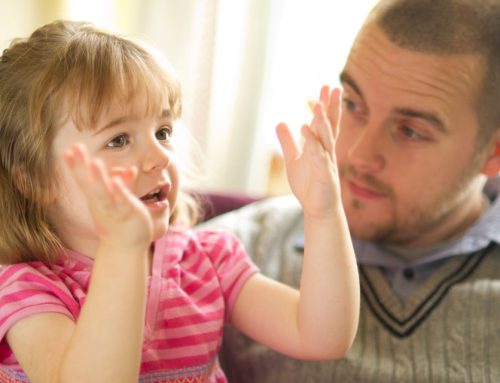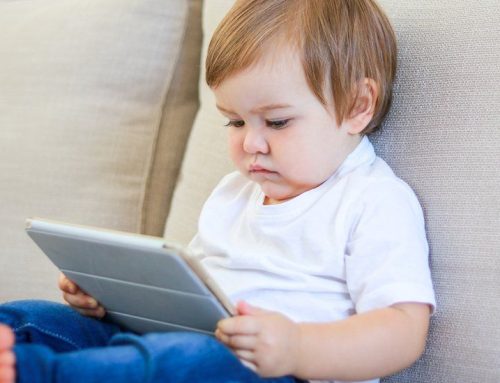We can nurture the language development of our children by doing something as simple as going for a walk
Physical movement engages multiple senses. It stimulates brain connections and has also been linked to increased creativity and wellbeing.
Going for a walk is easy, fun to do and is also a lovely way to connect with your child. Often when we are side by side, engaged in an activity of joint focus or attention, our children open up to us in ways that they might not if we are sitting face to face or asking direct questions.
We really shouldn’t need any further convincing that physical activity is good for us but did you also know that something as simple as combining going for a walk with language facilitation techniques can also boost your child’s language development?
Follow your Child’s Interests
Slow down!
Not as easily said as done…particularly for busy parents and carers with hectic schedules and lengthy ‘to do’ lists. If we can find the time to slow down and go for a walk with our child, we will never regret it. If you can’t add this to your day, think about how you might incorporate it into your day e.g. park a little further from the school gate, walk up and down the aisles with your child when grocery shopping, walk around the oval whilst waiting for the coach to arrive for soccer training, or walk the family pet around the block together. Even if your child is in a wheelchair or pram, they can still go for a ‘walk’ with you accompanying them.
Watch out for what your child is noticing and engage with these interests by commenting, labelling and modelling ‘think aloud’ statements such as “I wonder why there are so many butterflies today?” OR “I think it might rain soon. Those clouds look very dark and gloomy.”
Copy Back and Add on
This is one of our favourite language facilitation techniques.
So simple to do!
When your child says something….simply copy it back and add on new words, more information or new ideas.
For example:
Child: Look….truck
Carer: Yes, a big red truck over there
OR
Child: Noisy!
Carer: That motorbike was very noisy!
WAIT!
Resist the urge to encourage your child to share information with you during your walks. Silence and pauses work wonders.
Any perceived pressure to talk is released.
Your child can tune into the sounds in the environment and develop his or her mindfulness by noticing the birds, rustling leaves, traffic noise, crunching gravel beneath his or her feet etc…
This will help your child to develop important emotional regulation skills and will often result in more communication with you than if you jump in with a barrage of questions.
n.b. This also works wonders with adolescents who often go through a period of saying less than more to their parents and carers!
Enjoy yourself
Make the most of being outdoors walking with your child.
Notice your surroundings and perhaps take the opportunity to offer some gratitude for the lovely opportunity you have to share such precious moments with your child.
Nurturing Language Development – Doesn’t have to mean looking at flashcards
There is most certainly a place for structured activities completed at a table or on the floor with your child to target specific speech and language goals.
So many goals can be achieved however by infusing supports for your child’s speech, language and communication skills into everyday activities and routines.
One of the most effective times to nurture your child’s language development whilst also building a stronger connection between the two of you emotionally is to go for a walk.





